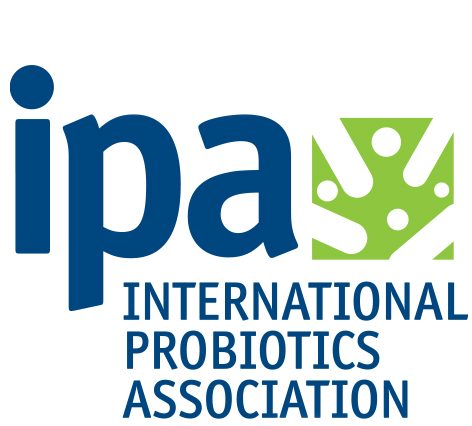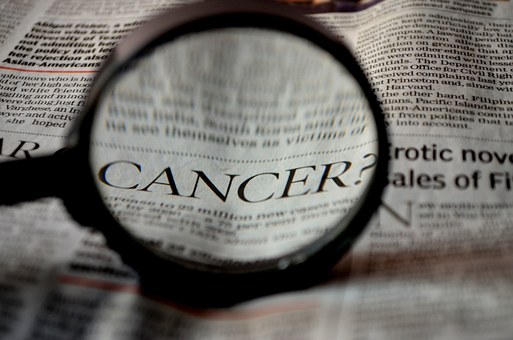Imagine a virus that most people harbor at some point in their lives, usually unaware of it because our fine-tuned immune systems clear them, yet for an unlucky number–usually women—it can be a death sentence.
The pathogen is called human papillomavirus (HPV), the main cause of cervical cancer.
A German virologist named Harald zur Hausen won the Nobel prize for linking the two, just a few decades ago. Cervical cancer numbers have dropped since then thanks to PAP screenings and a vaccine (and zur Hausen). Still, 10% of HPV infections persist bringing a dire cancer diagnosis to many, often in developing countries.
Exciting new evidence reveals that cervicovaginal microbiota plays a substantial role in the persistence or regression of the virus. In a 2016 Microbiome article, Anita Mitra and colleagues summarized the current literature and discussed potential mechanisms for the involvement of vaginal microbiota in the evolution of CIN and cervical cancer.
Microbiota and HPV
Unlike most sites in the body where diversity of microbes is a good sign, persistence of HPV is more commonly associated with low microbial diversity and dominance by only one or a few species of Lactobacillus.
Healthier vaginal states are dominated by Lactobacillus crispatus, L. gasseri, L. iners and L. jensenii respectively and tend to have low species diversity and evenness. On the other hand, bacterial vaginosis a common malady which is correlated with HPV infection shows lower levels of Lactobacillus and overgrowth of pathogens.
Impacts on Vaginal Microbiota
- Ethnicity: Caucasian and Asian women display more Lactobacillus spp. dominant microbiota, compared to Hispanic and Black women according to one survey.
- Female hormones:Estrogen and progesterone appear to be protective. Contraceptives (oral or IUD) with these hormones are linked with less BV.
- Smoking cigarettes is associated with less L. crispatus and more diversity.
- Recent intercourse is linked with reduced relative abundance of L. crispatus and increase species diversity.
- Vaginal douching increases BV and risk of HPV. Douching may increase the risk of CIN and cervical cancer.
Several studies support a link between microbial makeup and HPV and precancers on the cervix. Once again, diversity and Lactobacilli abundance along with presence of certain strains were observed. L. gasseri, L. jensenii and L. crispatus were conspicuously on the healthier part of the equation.
Scientists are beginning to untangle possible mechanisms
First, vaginal Lactobacillus prevents colonization of bacterial vaginosis-associated bacterial species via:
- Acidity or low pH inhibits growth of pathogens.
- Bacteriocin production alters adhesion and viral infiltration.
Secondly, dysbiosis may drive infection by:
- Increased acquisition which implies epithelial cell damage and desquamation.
- Higher replication and shedding of viral particles
- Decreased mucus production causes reduced viral trapping and increased exposure of the cervical epithelium.
- Inflammation plays an important role. Vaginal proinflammatory cytokines can result in chronic inflammation, a factor in cancer at many sites.
Probiotics have been suggested as an intervention to promote HPV clearance, and evidence exists to support this technique. Research is ongoing with focus on L. gasseri, L. crispatus, L. jensenii and L. caseii.
Important too are prebiotics, including the fructo-oligosaccharide (FOS) and gluco-oligosaccharide (GOS) families which promote growth of L. crispatus, L. jensenii and L. vaginalis in vitro but not Candida albicans, Escherichia coli or G. vaginalis,
In conclusion, fortifying the vaginal microbiome against HPV with synbiotics would be a safe and cheap way to protect the reproductive health of women. More research should get us there.

